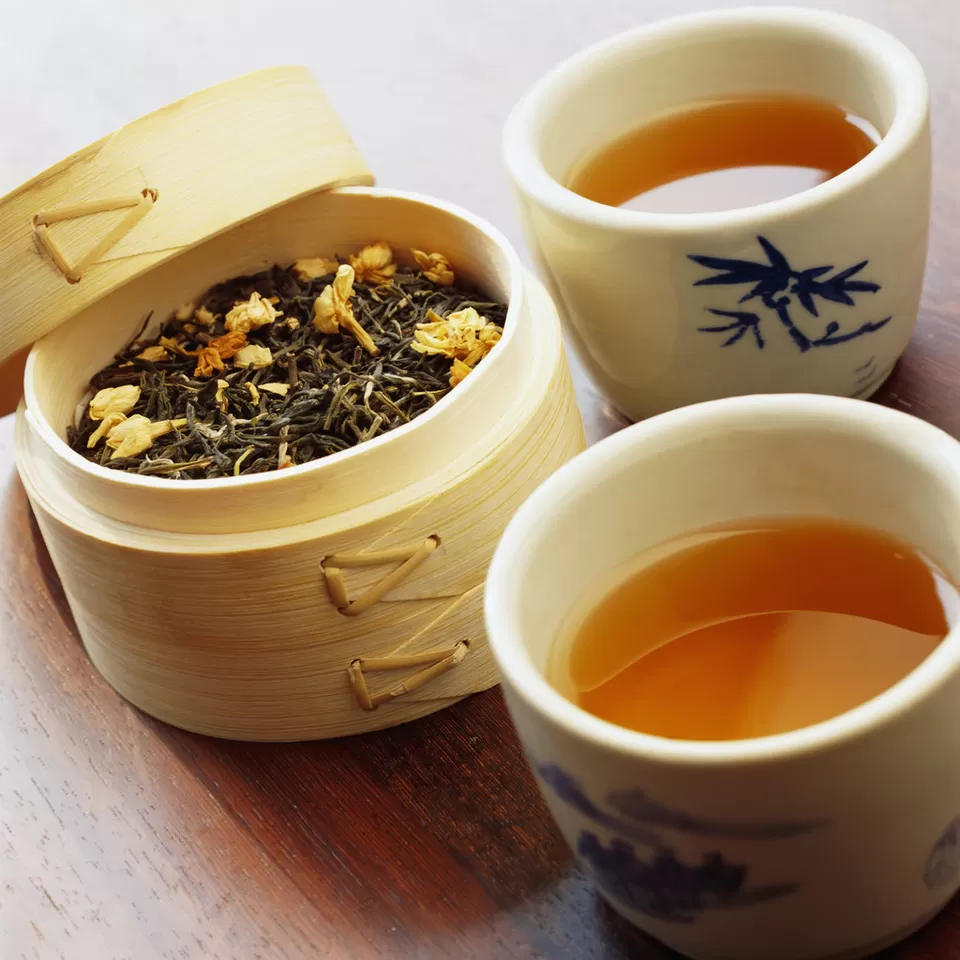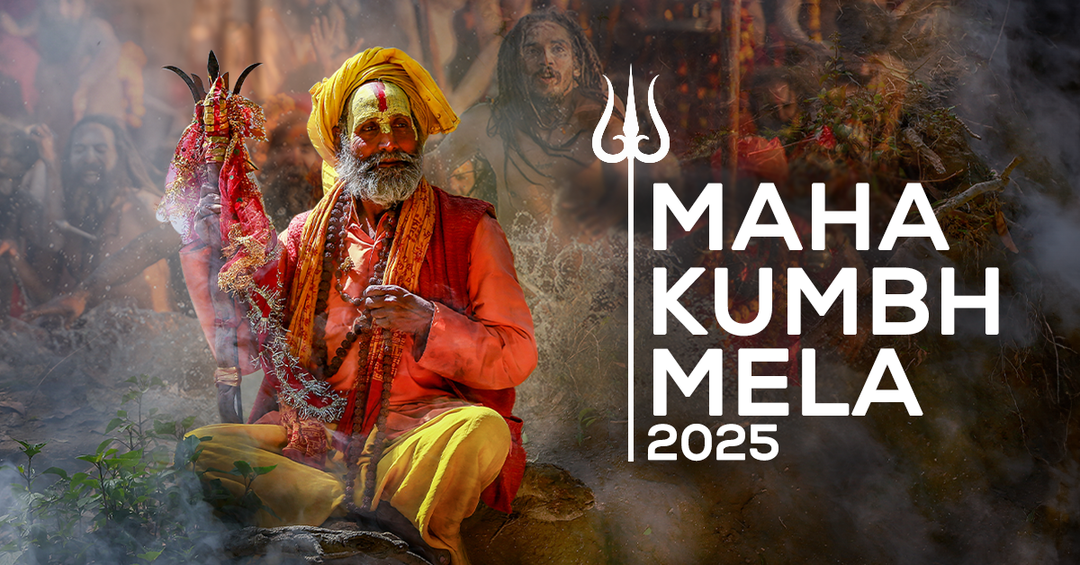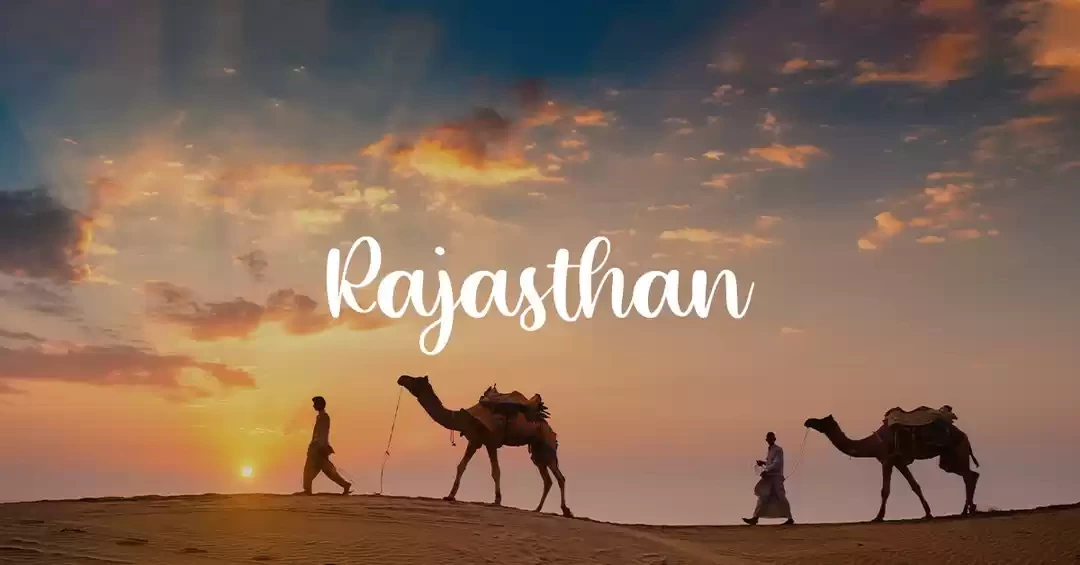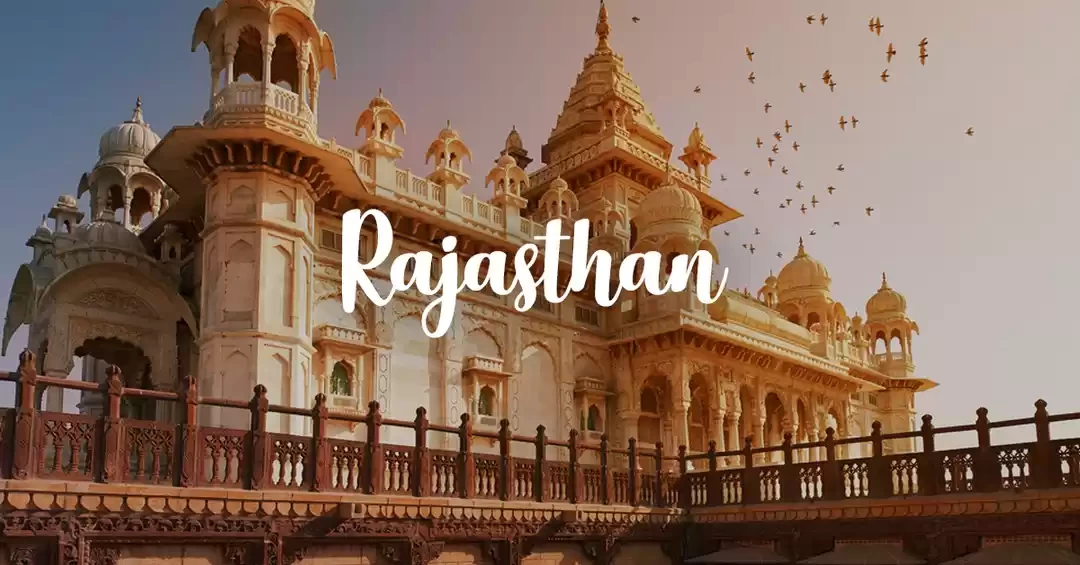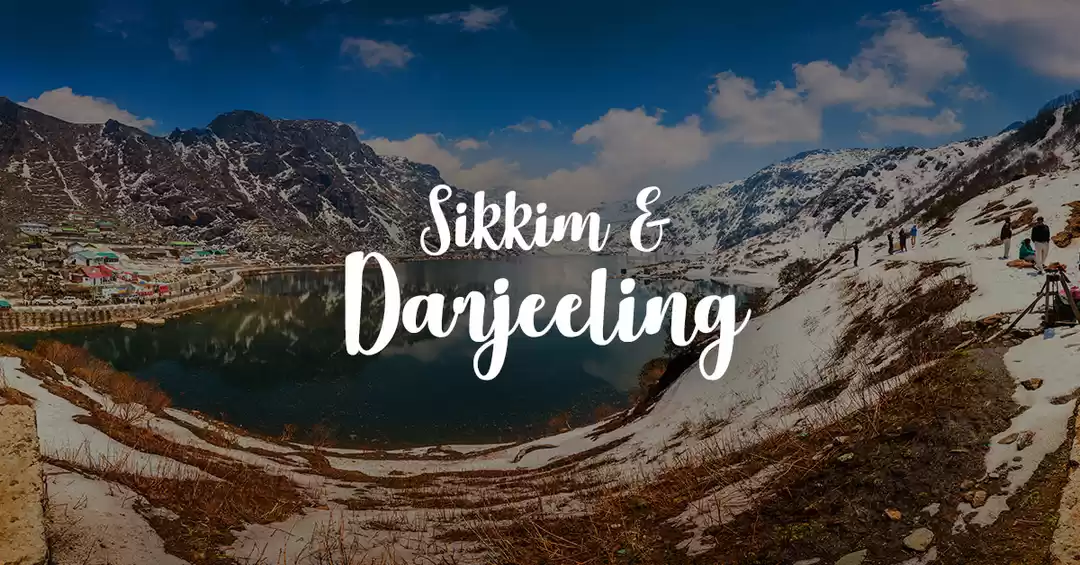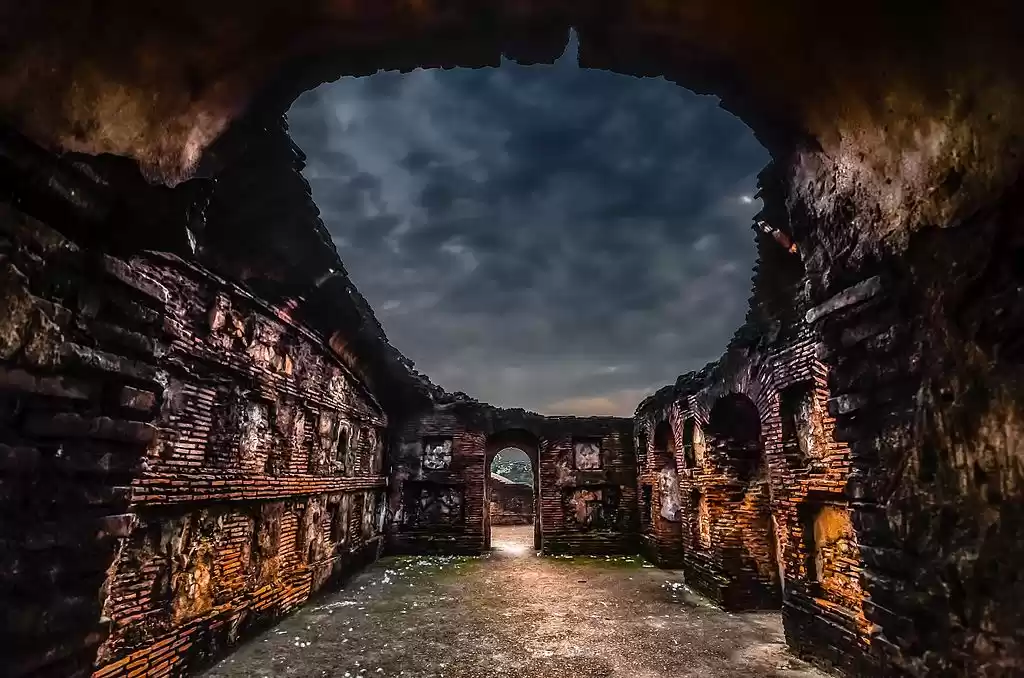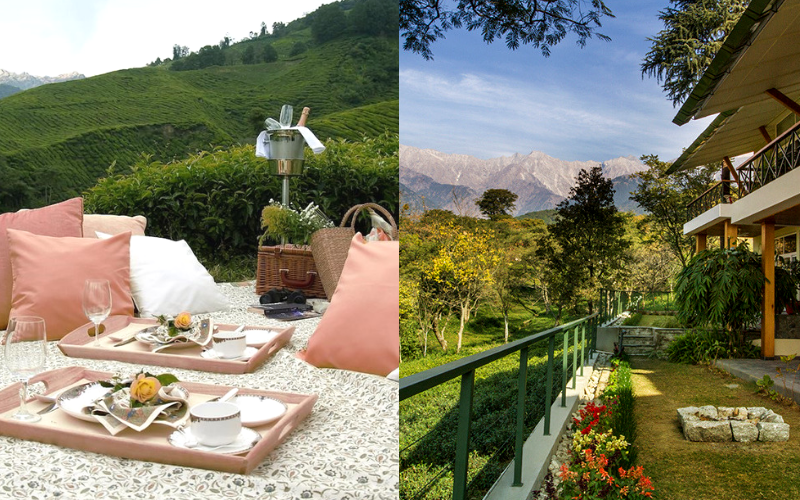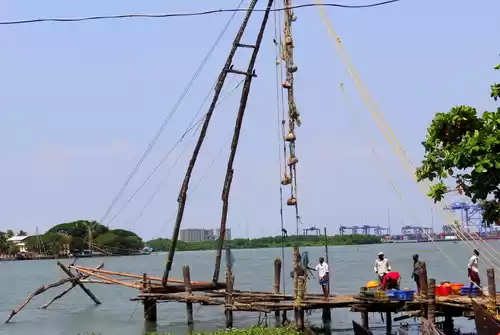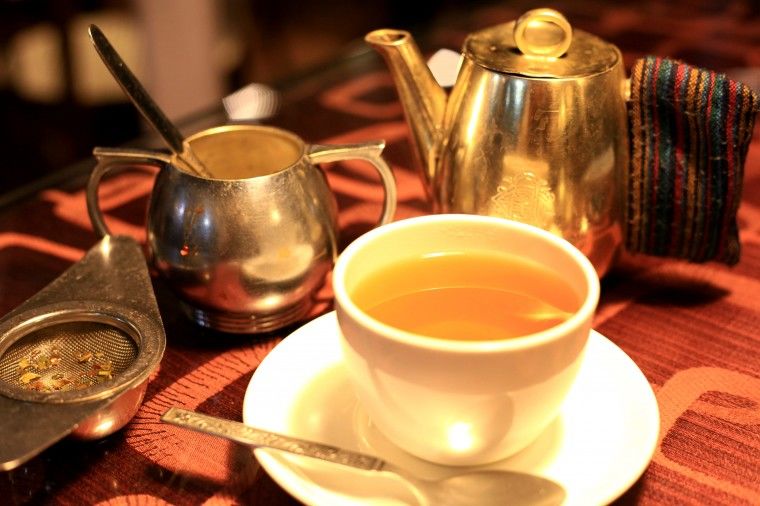
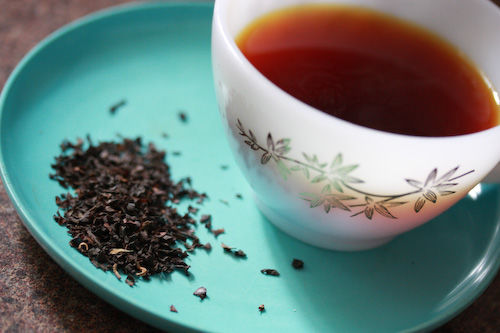
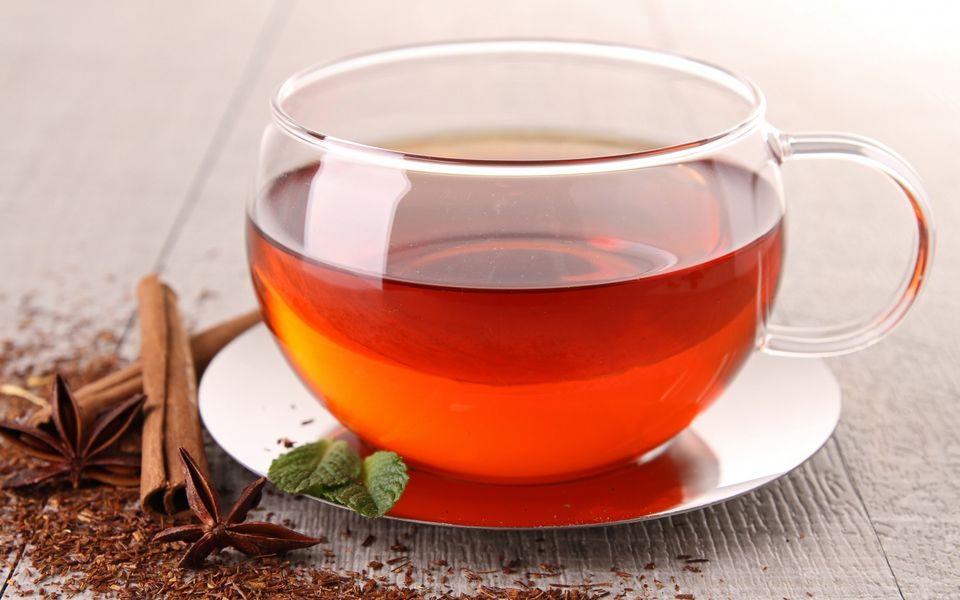
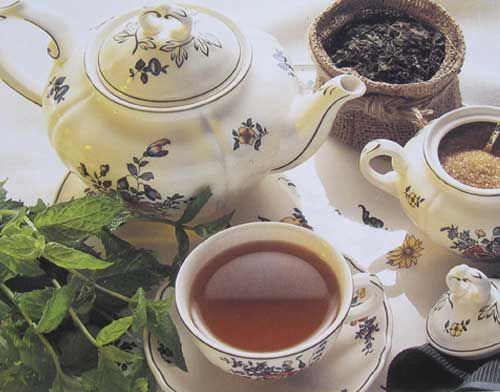

Sipped from the most expensive china over the chicest tables or from a street side stall in the Indian version of a shot glass, we love our teas! The aroma and welcoming warmth, the stress that it takes away and the conversations it starts, we can’t get enough, and there is no need when such beautiful teas grow around us.
It’s the beverage everyone falls upon in the end. And it helps to know the many fine cups that brew in our country. So here’s listing out the few cups of tea one should try in India, appreciators and experts alike.
Being Indians, we might as well agree right away to the fact there is nothing a hot cup of tea can’t solve!
Pic credits: MapsofIndia, SeriousEats, Wallpapersgalaxy, Oils-Tea, Jenieyolland
This famous hill station in West Bengal produces nearly a quarter of tea in the entire country! Darjeeling tea has managed to be people’s pick in café’s all over the country but it’s absolutely something else to be there and sip the finest. The tea here, lighter than its Assamese counterpart, has a delicate floral aroma and you can find tea in black, green and white variants. The best cup of Darjeeling tea is said to be from the third harvest of the year, and you can enjoy this cup right on a plantation itself! Try a cup of Darjeeling oolong too, a much loved type and in between this tea tasting, try helping the locals pick tea leaves and lose yourself to the lush of the tea estates. By the way, once you sip the tea here, you’ll know why it’s called the Champagne of teas!
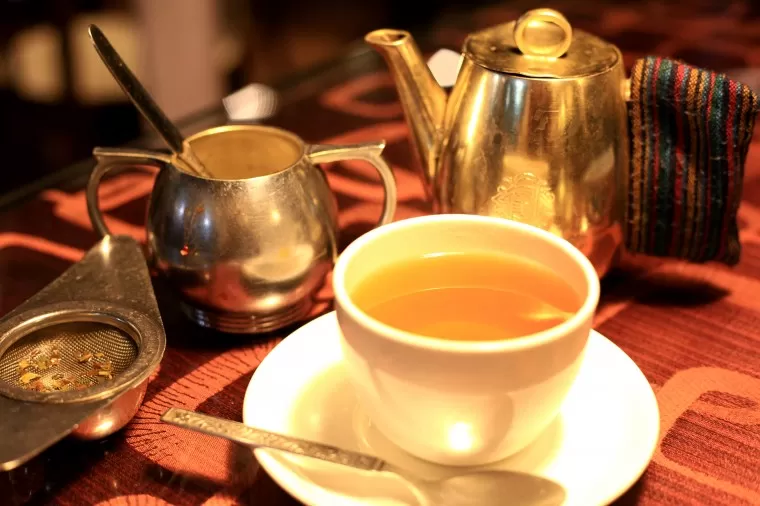
Lying in the largest tea producing region of India, Jorhat in Assam is fondly called the Tea Capital for solid reasons! The tea in Assam is dark, with a robust flavour. This ‘malty’ cup of tea is the best when it comes from the second flush of harvest- around May to June end. But you will love the tea in Jorhat any time of the year and the tea lover in you can even witness the making of black tea in Jorhat. Plan a stay or a visit to one of the many heritage bungalows on tea estates, they know their teas and their hospitality and a visit to Assam is incomplete without sipping tea at en estate. In the lap of nature’s beauty, the rich and astringent tea in Assam will be a cup to remember! P.S: If you visit later in the year, don’t miss the annual tea festival held in Jorhat in November.
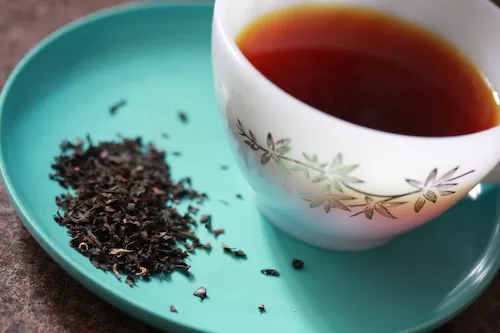
One of the most visited hill stations of Kerela demands its tea to be tasted right where it belongs! Munnar has been home to plantations since over a century and some even offer to give you an explanation of tea processing through the years while you hold on to that cup of precious tea. In Munnar, you can visit Kolukkumalai, which is 40 km away to be in between the the world’s highest altitude tea ferns! The black tea of the Munnar region, often spiced by flavours like cardamom, lemon and ginger! It is strong and perfect for the breezy weather. There’s only so much that a cup of tea in God’s own country can’t do!
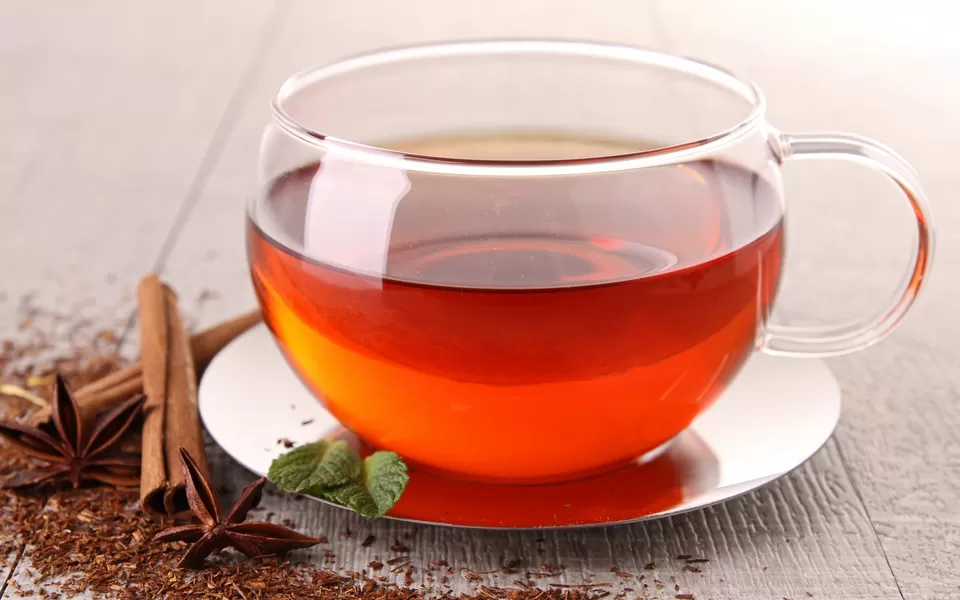
The hilly district of the Nilgiris in Tamil Nadu is known for some fine tea. And Coonoor is an excellent place to discover this distinctive dark and intensely aromatic Nilgiri tea!
Tea here buds around the year but November to February produces the best tea in this region and what can be better than a hot cup in the winters?! While you’re at it, allow a tea planter to explain the intricacies to you, your cup will become much more the worth. Nilgiri tea is strong and well-balanced, with a well-rounded flavor. While in Coonoor, find out if you can try this rare type of tea, known as a "frost tea", where the leaves are harvested in the winter when the chill creates a concentrated sweet and rosy flavor in the leaves. Say, you book this cup now!

Another tea in India that you must try! This tea comes from Kangra in Himachal Pradesh and it is unique! This is region of mountains, the dramatic Himalayan landscapes of tree-covered slopes to frozen hill tops and deep valleys.In the foothills here lies India’s smallest tea region and it’s the only tea region in India that comprises exclusively China, or China-hybrid, tea bushes. Hence, Kangra Valley tea is naturally a special tea!
The China leaf, usually plucked from April-October (and you can pluck some too) undergoes different processing and gives a distinctive brew that’s gold in colour, sweet in undertone and without the astringency that marks the Darjeeling teas. If your tea tastes lean towards the Western palate then Kangra Valley tea will be your favourite from the list! This soft flavoured tea sipped in the splendid tea gardens around Palampur is sure to give a sense of a wonderland.
P.S: The tea here is best when sipped neat, without sugar and/or milk!
